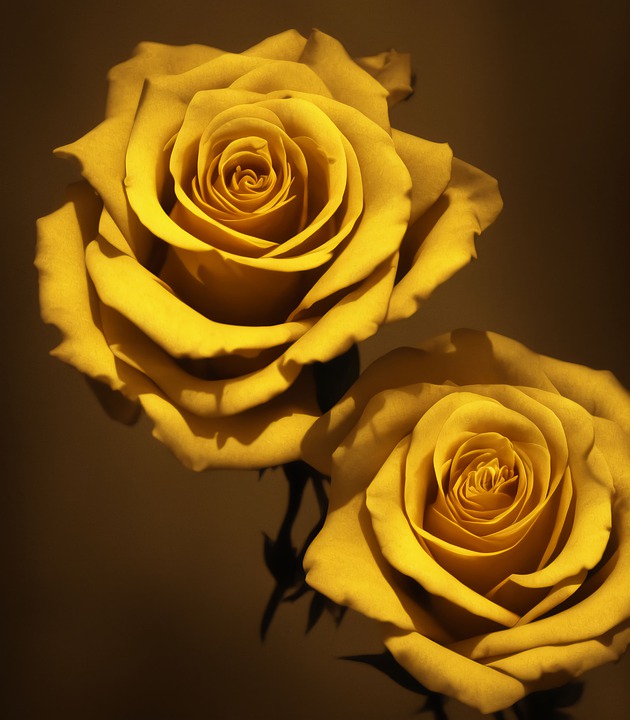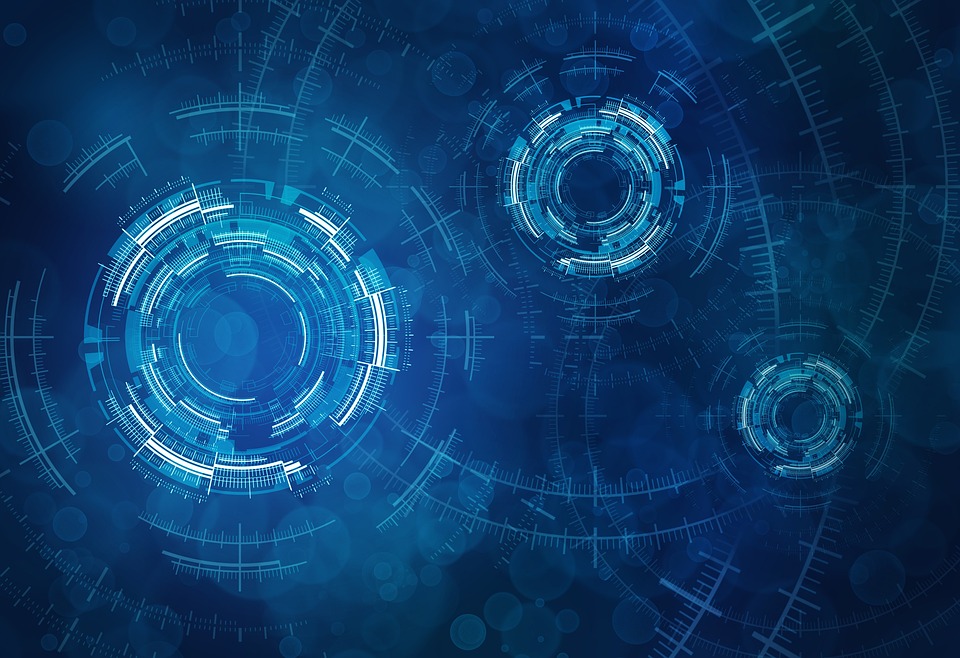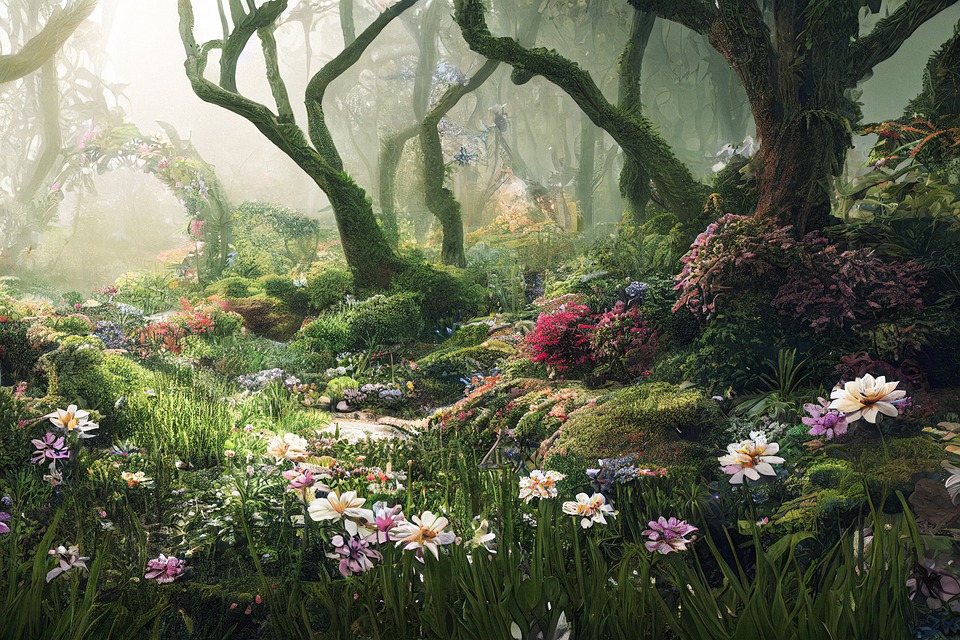
Artificial intelligence (AI) has gained significant attention in recent years due to its wide range of applications such as self-driving cars and medical diagnosis. However, one area that has often been overlooked is the potential for AI-created art. This form of art is produced using algorithms and machines rather than human artists.
While the concept of AI-created art is not new, it has evolved significantly over time. In the 1950s, computer scientist John McCarthy developed a program called “The Painter’s Apprentice” that could generate abstract art. Since then, AI-created art has become increasingly sophisticated and can now generate realistic images, music, and even poetry.
The potential of AI-created art is immense. AI algorithms can generate art that is unique, creative, and even impossible for humans to create. They can utilize data such as stock market trends or weather patterns to produce art. Furthermore, AI algorithms can be harnessed to create art in specific styles or themes, such as abstract expressionism or cubism.
AI-created art also offers the opportunity to explore new artistic techniques and styles. It can generate art based on particular color palettes or textures, as well as art that conveys specific concepts or emotions.
Additionally, AI-created art challenges the boundaries of what is achievable in traditional art. By using AI algorithms, artists can develop art rooted in particular concepts or emotions that may not be attainable through conventional means.
The possibilities of AI-created art are truly endless. AI algorithms can produce art that is unique, creative, and impossible for humans to replicate. Furthermore, this form of art allows for the exploration of new techniques and styles while pushing the boundaries of art itself. As AI technology continues to advance, so too will the potential of AI-created art.




